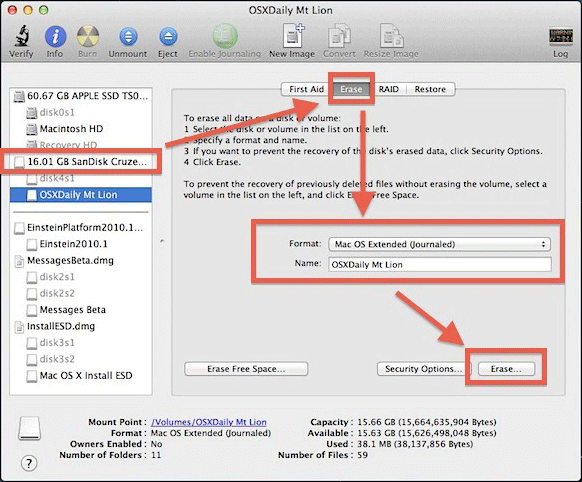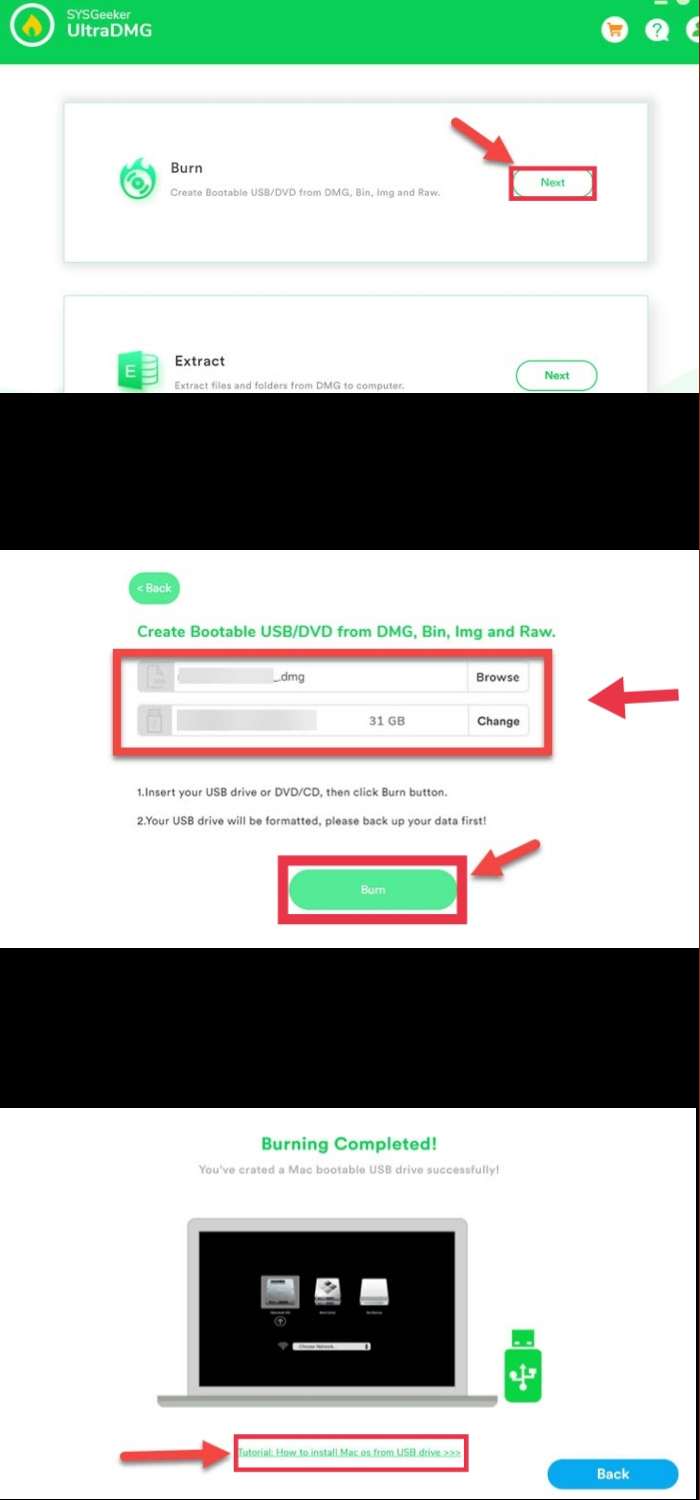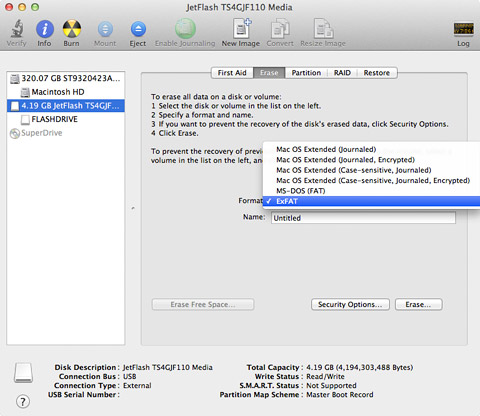
Open Mac format disk drives, flash drives, CD/DVD/Blu-ray media, dmg, dmgpart, sparsebundle and sparseimage files. Your usb flashdrive is now ready to use, boot from it by holding the OPTION button (next to COMMAND) when you boot your Mac. Open Notepad, the text editor, click the Format menu, and then click Fonts. TransMac 12.10 for Windows, Download TransMac. Pretty self explanatory but it ejects your drive.

This step can take a while but be patient, you can see the progress by pressing CTRL-T in the terminal. Writes your dmg-image to the specified disk. Hdiutil convert -format UDRW -o kalilinux2_udrw kalilinux2.isoĭd if=kalilinux2_udrw.dmg -of=/dev/diskX bs=1m Make sure to change diskX to the name your drive has. You can see this by marking your usb drive and clicking on the Info button at the top bar. Use the 'File system' drop-down menu and select the NTFS option. Under the 'Devices and drivers' section, right-click the flash drive and select the Format option.

To format a USB flash drive using File Explorer, use these steps: Open File Explorer.
Format flashdrive for dmg how to#
Click on delete.īefore your quit Disk Utility, take note of the name your usb drive, e.g. How to format a USB flash drive using File Explorer. Assign any name you want, and choose GUID partition table as drive schema. Start Disk Utility, mark your usb drive and click on the Delete button at the top bar. You might want to run a specific distribution, such as Kali linux, but dont want to install it to disk or waste a cd/dvd.Īpple hasn’t made it simple for us, but there is a solution by using the terminal! But first: make sure the drive is formatted and has a GUID partition table.

Bootable usb flashdrives with Linux can be really useful sometimes.


 0 kommentar(er)
0 kommentar(er)
